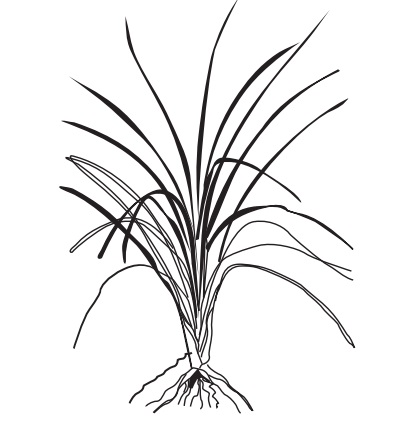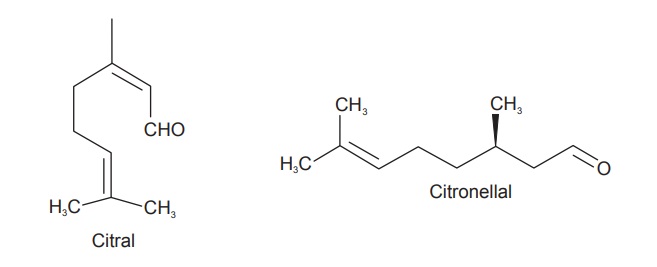Lemongrass Oil
| Home | | Pharmacognosy |Chapter: Pharmacognosy and Phytochemistry : Drugs Containing Volatile Oils
Lemongrass oil is obtained form Cymbopogon flexuosus Stapf. (syn. Andropogon nardus var. flexuosus Hack.), belonging to family Poaceae. It contains not less than 75% of aldehydes calculated as citral.
LEMONGRASS OIL
Synonyms
East India lemongrass, Malabar, or Cochin Lemongrass.
Biological Source
Lemongrass oil is obtained form Cymbopogon flexuosus Stapf. (syn. Andropogon nardus var. flexuosus
Hack.), belonging to family Poaceae. It contains not less than 75% of aldehydes
calculated as citral.
Geographical Source
Lemongrass is indigenous to India and is found in Tin-nevelli,
Travancore, and Cochin. Two principal varieties of Lemongrass are recognized as
the red-stemmed variety, the true C.
flexuosus, which is a source of East Indian Lemongrass oil and the
white-stemmed variety which is designated as C. flexuosus var. albescens. The
oil from the latter is low in aldehyde
content and is slightly soluble in 70% alcohol.
Cultivation
Lemongrass grows best in well-drained sandy loam or in light
sandy soil. Dark, heavy, rich soil, gives a higher yield of grass, but the oil
obtained from it has lower citral content. Warmth and sunshine favour oil
development. The grass grown on lower slopes, less exposed to heavy rains, is
rich in oil content. The grass is cultivated in forest clearings or on hill
slopes at an altitude of about 700 m. The ground is ploughed in March–April and
seeds are sown at random. The grasses come up with the first shower of the
monsoon. Weeding is carried out systematically in the plantation. Protection
against grazing is necessary. The grass is ready for cutting at the end of May
or early in June and may be harvested every 35–40 days till November or
December. The citral content of the oil is high (83%) when it is obtained from
grass harvested during September–December. After cutting, the stubbles are burnt
before the sporadic April monsoon shower. Fresh shoots come up from the roots
with the start of regular monsoon, and the grass is ready for harvesting by the
end of May. Plantations are renewed every six to eight years.
Characteristics
A light-coloured oil, rich in citral content, is obtained by
steam distillation. The yield varies form 0.25 to 0.5% per acre.

Chemical Constituents
Lemongrass oil is the principal source of citral (68–85%)
from which ionone is derived. The oil also contains methyl heptanone, decyl
aldehyde, geraniol, linalool, limonene, dipentene, citronellal, triacontane,
triacontanol, intermedeol, isointermedeol, α- and β-pinene, car-3-ene, myrcene,
ocimene, β-phellandrene, α-terpinene, p-cymene, terpi-nolene, methyl heptenone,
geranyl acetate, β-caryophyllene, β-selinene, β-, γ- and δ-elemenes, α- and β-bisabolene, α-curcumene, γ- and δ-cadinene,
methyl eugenol, elemol, β -caryophyllene oxide, eugenol, β-eudesmol, elemicin, farnesol, juniper-camphor, geraniol,
anisaldehyde, terpinen-4-ol, α - and β-terpineol, and borneol.

Uses
The oil is used in perfumery, soaps, and cosmetics and as a
mosquito repellent. Lonones obtained from citral are required for synthetic
violet perfumes.
Marketed Products
It is one of the ingredients of the preparation known as
Sage lion balm (Sage Herbals).
